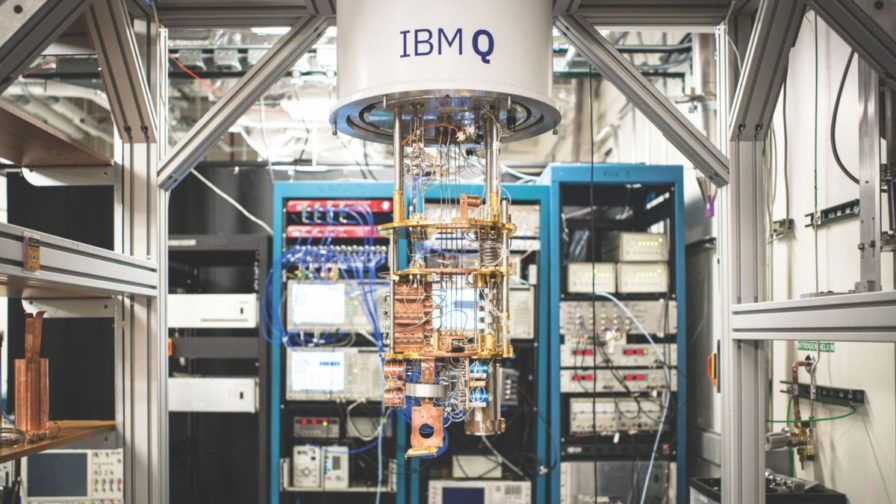Quantum computing: Part I
Introduction
Quantum mechanics (QM) is one of the fundamental subject that every physics student have to go through. The subject - quantum mechanics - is the description of the behavior of matter and light in all its details and, in particular, of the happenings on an atomic scale. Things on a very small scale behave like nothing that you have any direct experience about[1].
When we talk about computer, all computing system rely on a fundamental ability to store and manipulate information[2]. And information are store in binary 0 and 1 bits. These classical bits usually works together to process information by executing algorithms and display information with the speed that everyone familiar with on laptops and servers - on cloud and on-premise. Hence, we have classical computers.
What about quantum computer (QC)? It is said that QC offers the promise of exponential speedups over classical computers. The term quantum supremacy is already being used to describe the god-like speed of QC over classical computer for certain computational task. Quantum computers use the power of quantum entanglement and quantum superposition - phenomena in QM - to enabling them to do things classical computer cannot.

Figure 1: IBM quantum computer
Why Quantum Computer ?
QC can be considered as a paradigm-shifting technology that can revolutionize fields like drug discovery, finance, chemistry, machine learning and optimization. Currently, various big vendor like IBM, Amazon and Microsoft are already offering cloud-based access to physical quantum computers. Software frameworks like Qiskit, Circ and Q# are available for public or academics to design, optimize and execute quantum algorithms.Big organization are already experimenting various algorithms for example, using QC to provide optimize solution for traffic jams[3], optimize a country‘s power grid, and perform more predictive environmental modeling and highly accurate quantum chemistry calculations to enable discovery of new materials for more efficient carbon capture[4].

Figure 2: Sample of quantum circuit
Taking the quantum leap
Since, present-day QC still suffer from several challenges such as low quantum bits, computations noise and errors, we - Malaysian - should starts venturing into quantum programming now. Rather than waiting for quantum computer hardware to mature, we need to start assessing them programmatically in tandem.

Figure 3: Sample of programming with quantum simulator
The Feynman lectures on physics:New Millennium ed. Vol. 3, Quantum mechanics, 2011 ↩︎
Quantum Computing for Finance: State of the Art and Future Prospect, 2006 ↩︎
ExxonMobil and IBM to advance energy sector application of quantum computing ↩︎